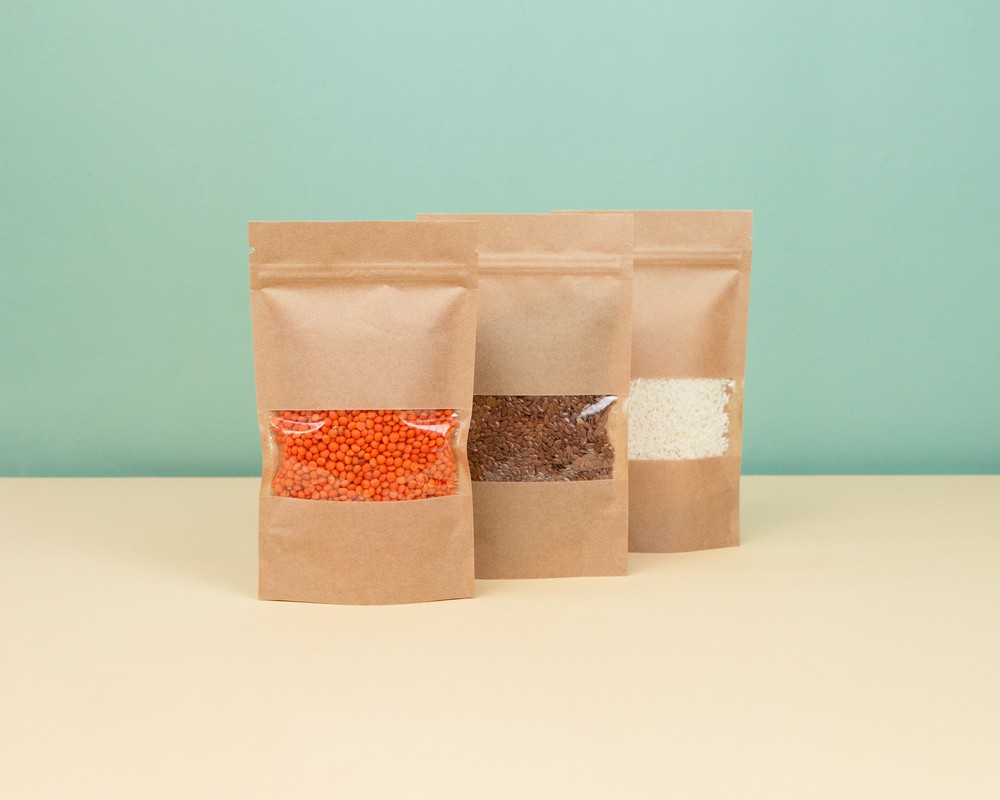What Are the Benefits of Flexible Packaging for Food Products?
03 July 2023
If you’re considering switching from rigid to flexible packaging, you may ask, “What are the benefits of flexible packaging for food products?” At The Packaging Lab, we specialize in flexible packaging because of the many benefits it comes with. In this blog post, we’ll explore just a few of them.
It’s Much Easier to Pack Items Inside Flexible Packaging for Food Products
When you use flexible packaging, you can typically fit more products inside since the packaging can bend to accommodate increased product amounts. This leads to two main outcomes: you can fill more products into the same-size package, or you can use a smaller package. This leads to cost savings and also contributes to sustainability since you’re maximizing every bit of packaging space.
On top of that, it’s much easier to pack things in a flexible package than in a rigid container. Most rigid containers require some kind of closure, which can make the packaging bulkier. Flexible packages aren’t like this — they only need a zipper added to the top. Sometimes packages like folding cartons need a flexible package inside the carton to protect the food inside. Using a flexible package alone cuts out the need for extra packing materials.
Flexible Packaging for Food Products Has Environmental Benefits
We have a fallacy that flexible packaging for food products is not great for sustainability, but the opposite is true. Here is some environmental benefits flexible packaging has:
- Less space in landfills: Even though flexible packaging often goes into a landfill, it takes up far less space than other types of packaging.
- Doesn’t leach chemicals: Flexible packaging doesn’t leach chemicals like some recycling byproducts do. For example, the paper recycling process involves removing inks and dyes from the pulp. When they’re removed, they’re typically sent to the landfill. The toxins found in these ink byproducts can contaminate groundwater.
- Fewer delivery trips: Because flexible packaging can bend, it’s easier to fit flexible packages onto a delivery truck than rigid packages. This means less delivery trips are necessary, reducing the amount of fossil fuels released into the atmosphere.
- Less fuel needed to deliver: Flexible packaging can also reduce fossil fuels because of how lightweight it is. Heavier loads require more fuel to propel a delivery truck forward.
- Reduces food waste: The high-barrier nature of flexible packaging will provide ample protection for your food products from air, moisture, and light. As long as the food is prepared correctly, it shouldn’t spoil when it’s stored in flexible packaging.
Flexible Packaging Has Much Better Graphics
When printing on flexible packaging for food products, you’ll generally have much better graphics if you compare the graphics on flexible packaging to the graphics on film. Film is such a smooth surface it can yield a package with a higher graphical quality compared to printing on a folding carton or printing on a label.
Customers care about the aesthetics of food products when they see them on store shelves. A blurry or difficult-to-read label will reflect poorly on your brand. With flexible packaging, you’ll have vibrant, clear graphics that entice potential customers.
Contact The Packaging Lab for High-Quality Flexible Packaging
In some cases, the benefits you’ll experience above are limited by the flexible packaging company you choose. If they have a low-quality printer, you won’t get to experience the better graphics flexible packaging can display. Also, if they have overpriced products, it will mitigate the cost savings of fewer delivery trips.
At The Packaging Lab, we put your business first. When you order from us, you can expect quality products delivered at efficient turnaround times. Contact us today to find out more about our flexible packaging for food products.
